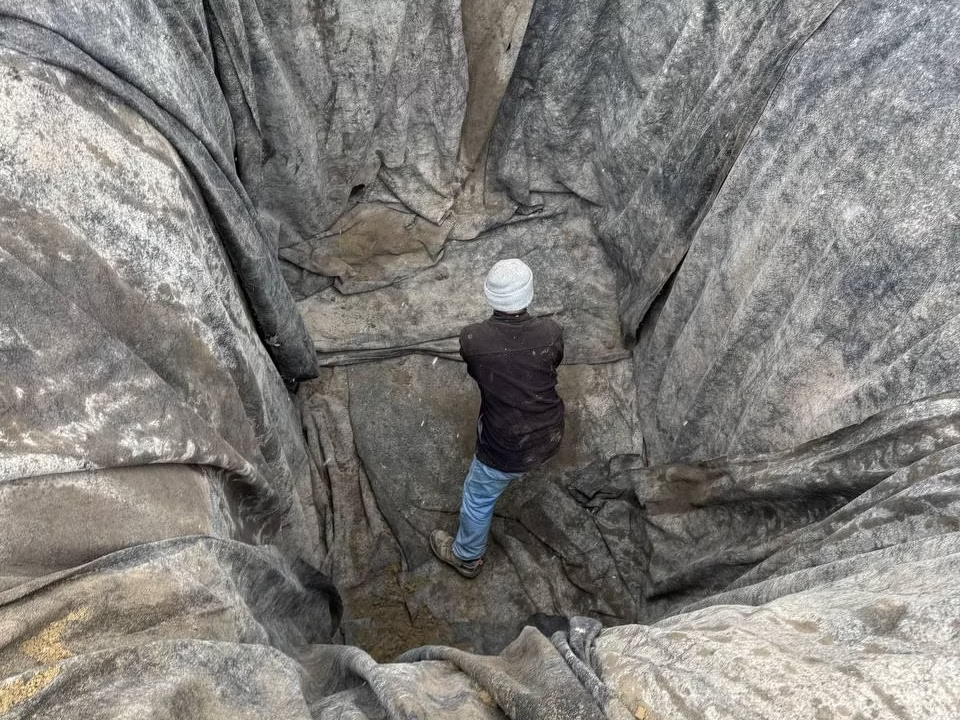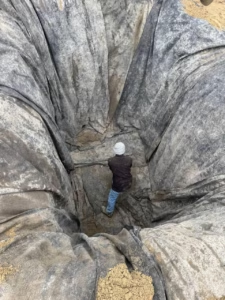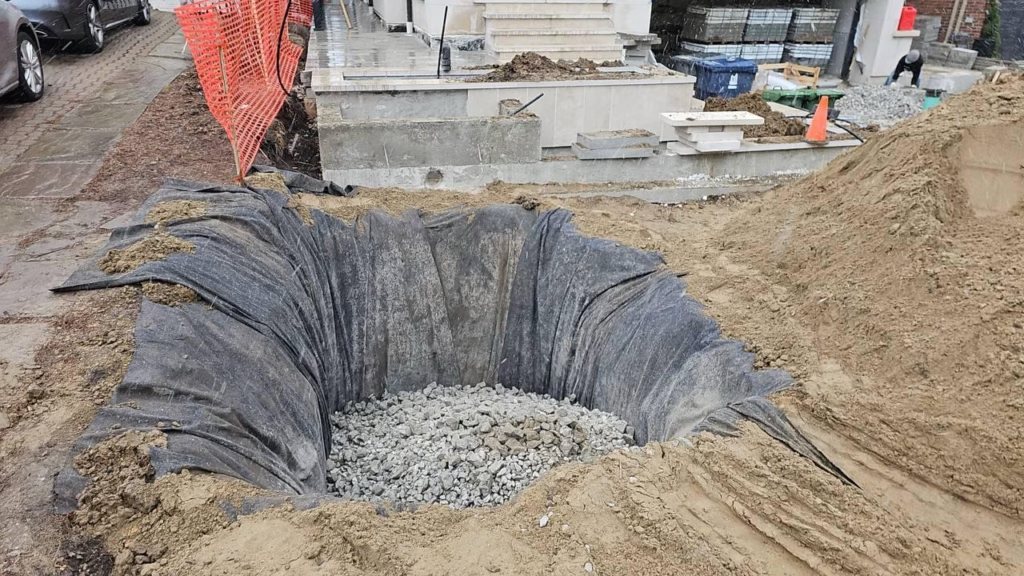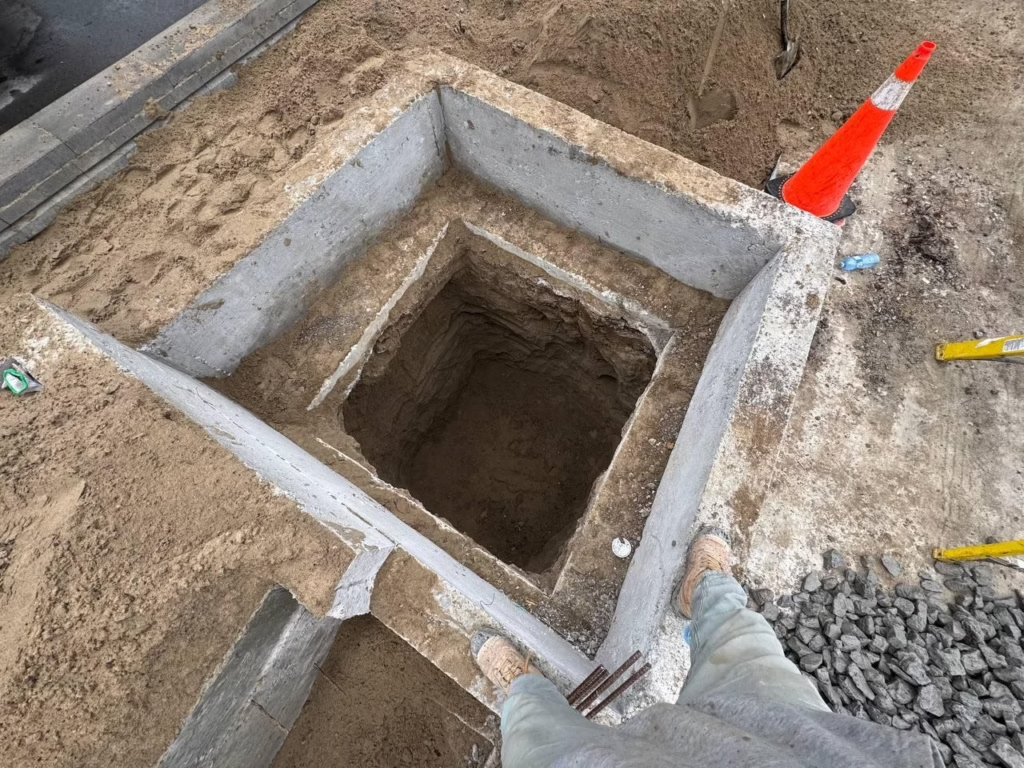How to Protect Your Home from Basement Flooding During Heavy Rainstorms in Toronto

In recent years, Toronto has seen a troubling increase in extreme rainstorms. With this surge in severe weather, one of the most pressing concerns for homeowners has become basement flooding. These floods don’t just ruin property—they also bring emotional distress, financial burden, and long-term damage to the integrity of a home.
So, how can we protect our homes when the skies open up? Today, I want to walk you through the steps we take at Torino Construction to deal with heavy rain and prevent water from leaking into basements. Drawing from over 20 years of experience in residential construction and waterproofing, we’ve refined these solutions to ensure your home remains safe and dry during even the worst storms.
Why Is Basement Flooding So Common in Toronto?
Toronto’s growing urban density, aging infrastructure, and shifting climate patterns all contribute to a sharp rise in flood-prone properties. Many homes—especially older ones—weren’t built to handle the intensity of modern rainstorms. Imperfect grading, clogged gutters, overwhelmed city drains, and cracked foundations all combine to create a perfect storm of vulnerability.
Key contributors to basement flooding in Toronto:
- Inadequate surface grading
- Poor sealing and foundation cracks
- Clogged or disconnected downspouts
- Old or undersized sump pumps
- Lack of proper drainage around the property
With Toronto averaging over 800 mm of rainfall per year and experiencing increasingly frequent storms with over 50 mm of rain falling in a few hours, it’s more important than ever to have a long-term waterproofing strategy in place.
Step-by-Step: How We Protect Homes During Heavy Rain
1. Concrete Sloping: Directing Water Away from the Foundation
Our first line of defense involves sloping concrete around the foundation. We pour a durable concrete walkway along the home’s perimeter, with a calculated incline away from the structure.
This simple yet highly effective solution prevents water from pooling near your basement walls. Instead, it redirects the flow toward stormwater drains or landscaped areas where water can safely disperse.
Technical Specs:
- Slope: Minimum 2% grade (1/4 inch per foot)
- Materials: Reinforced concrete with control joints
- Finish Options: Brushed for grip, stamped for aesthetics
Proper sloping is essential not just during rainfall but also for snowmelt. Without this slope, freeze-thaw cycles in winter can exacerbate foundation cracks and lead to even more severe leaks.
2. Flagstone Installation with Industrial Caulking
In many upscale projects, homeowners prefer a flagstone finish for visual appeal. After installing concrete, we lay hand-selected natural flagstones and seal every joint with UV-resistant, waterproof caulking.
This caulking serves a dual purpose:
- Structural protection: It keeps water out of joints and prevents seepage.
- Longevity: It resists cracking due to seasonal expansion and contraction.
Our caulking compounds are commercial-grade and proven to last for years with minimal maintenance. This makes it an ideal solution for homeowners who want elegance without compromising on function.
3. Underground Roof Drainage System
A significant source of basement flooding is runoff from roofs. On traditional homes, downspouts release rainwater directly onto the ground near the house. In high rainfall, this overwhelms the soil and leads to water infiltration.
To fix this, we install a custom underground drainage system:
- Each downspout is connected to PVC or corrugated pipe underground
- Pipes slope away from the home at 1–2%
- Water is directed to a French drain well or municipal connection
This system ensures that water from the roof never even touches your foundation—eliminating a huge risk factor.
4. French Drain (French Well) Installation
A French well is an underground gravel-filled pit designed to collect and slowly disperse water. It’s the ultimate solution when city drainage is limited or when managing large volumes of rainwater.
Features:
- High-capacity pit filled with crushed gravel
- Filter fabric prevents sediment clogging
- Works with surface grading and underground drains
- Completely hidden under landscaping
We place these wells far from the foundation—often near the sidewalk or garden—so that even during the heaviest storm, the water is efficiently absorbed and diffused into the subsoil without flooding your basement.
Pro Tip: We often recommend pairing French wells with rain gardens to boost absorption and add curb appeal.
5. Sump Pump Installation and Backup Systems
Even with the best exterior protection, it’s crucial to have a sump pump installed inside the basement. We install sump basins beneath the floor slab with pumps capable of handling large water volumes.
To ensure reliability, we include:
- Battery backup systems in case of power outages
- Water level alarms to alert homeowners
- Dual pump configurations for redundancy
We also install backwater valves on the main sewer line to prevent reverse flow from city systems during extreme storms.
6. Foundation Waterproofing Membranes
During major renovations or new construction, we recommend applying a waterproofing membrane to the exterior foundation walls. This barrier keeps water out even if hydrostatic pressure builds up in the surrounding soil.
Types of membranes:
- Bituminous rubberized coatings
- Polyethylene dimple boards
- Cementitious waterproofing
These membranes not only block water but also protect against soil movement and shifting, extending the lifespan of the entire home.
The Torino Construction Approach
We don’t believe in one-size-fits-all solutions. Every home is unique, and so is every stormwater management plan. Our team at Torino Construction performs an on-site assessment before recommending any of the following:
- Custom drainage blueprints
- Full exterior grading plans
- Sump pump systems tailored to home size
- Waterproofing solutions that match your foundation type
We work with both modern and heritage homes in Toronto and are known for delivering elegant, invisible waterproofing upgrades.
Real Client Story: North York Home Reborn
A homeowner in North York faced repeated flooding for years. Water would seep into the basement every spring, ruining furniture and affecting indoor air quality.
After a full waterproofing plan by Torino Construction, we:
- Regraded the property with sloped concrete
- Installed flagstone with sealed joints
- Directed all roof runoff underground
- Built a large French well to handle excess water
- Integrated a new sump pump and backup battery system
Results: The basement has remained 100% dry for 3+ years. The homeowner reported reduced mold, better air quality, and increased resale value.
FAQ: Basement Flood Protection in Toronto
Q1: How much does basement waterproofing cost in Toronto?
A: Costs vary depending on the size of the property and the methods used. Full systems (grading, flagstone, French well, sump pump) range from $10,000 to $30,000+.
Q2: Can I use landscaping to help with water management?
A: Absolutely! Rain gardens, permeable pavers, and dry creek beds are great additions that work alongside concrete and French drain systems.
Q3: Is this a good investment for my property value?
A: Yes. A dry, mold-free basement is a major selling point in Toronto. Homes with waterproofing and sump systems often sell faster and for more.
Q4: What is the lifespan of a French drain or sump pump system?
A: French drains can last 30–50 years if properly installed. Sump pumps usually last 7–10 years but can go longer with regular maintenance.
Q5: Do I need permits for this work?
A: In many cases, yes—especially if you’re modifying drainage systems or connecting to municipal sewers. Torino Construction handles all necessary permits on your behalf.
Q6: How long does it take to install a full drainage system?
A: A full exterior system can be installed in 1–2 weeks depending on weather and complexity.
Final Thoughts: Don’t Wait Until It’s Too Late
Toronto’s rainstorms aren’t going away, and neither is the risk of basement flooding. The time to act is now. Waterproofing isn’t just damage control—it’s an investment in your home’s future.
Whether you need minor grading or a full-scale waterproofing overhaul, Torino Construction is here to help. With over two decades of experience, we specialize in smart, long-lasting solutions that keep your basement dry for decades.




